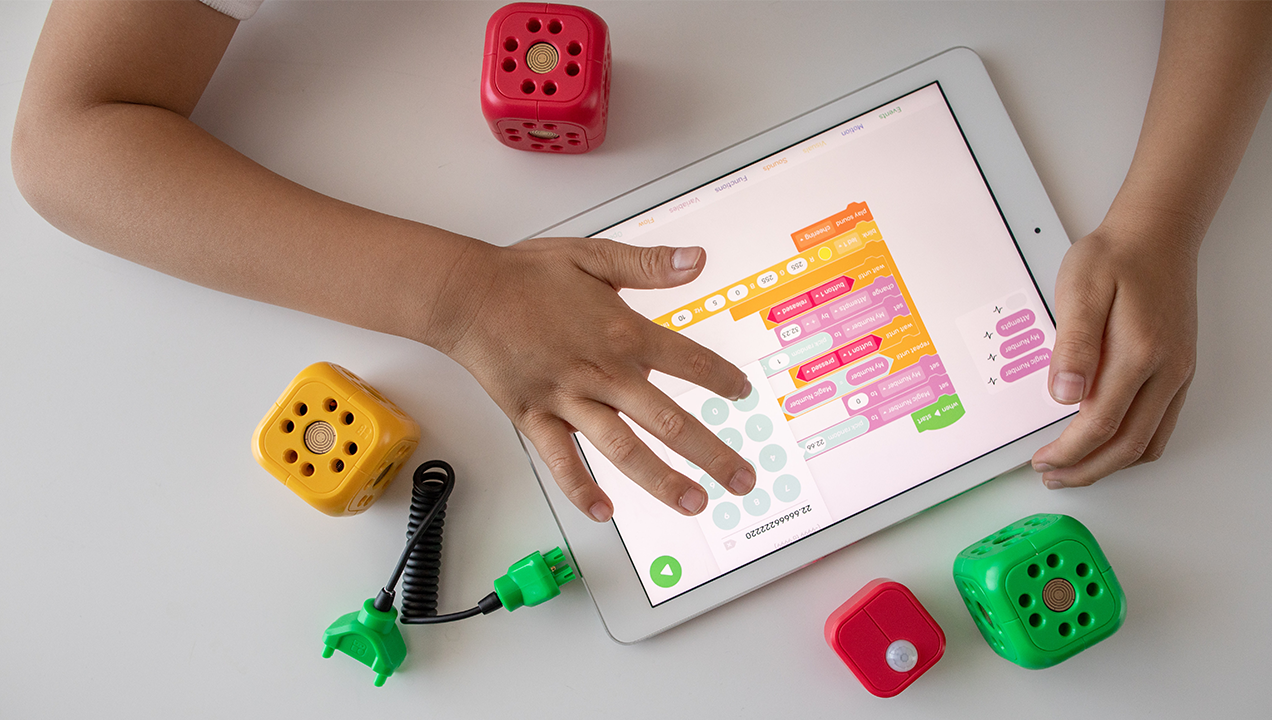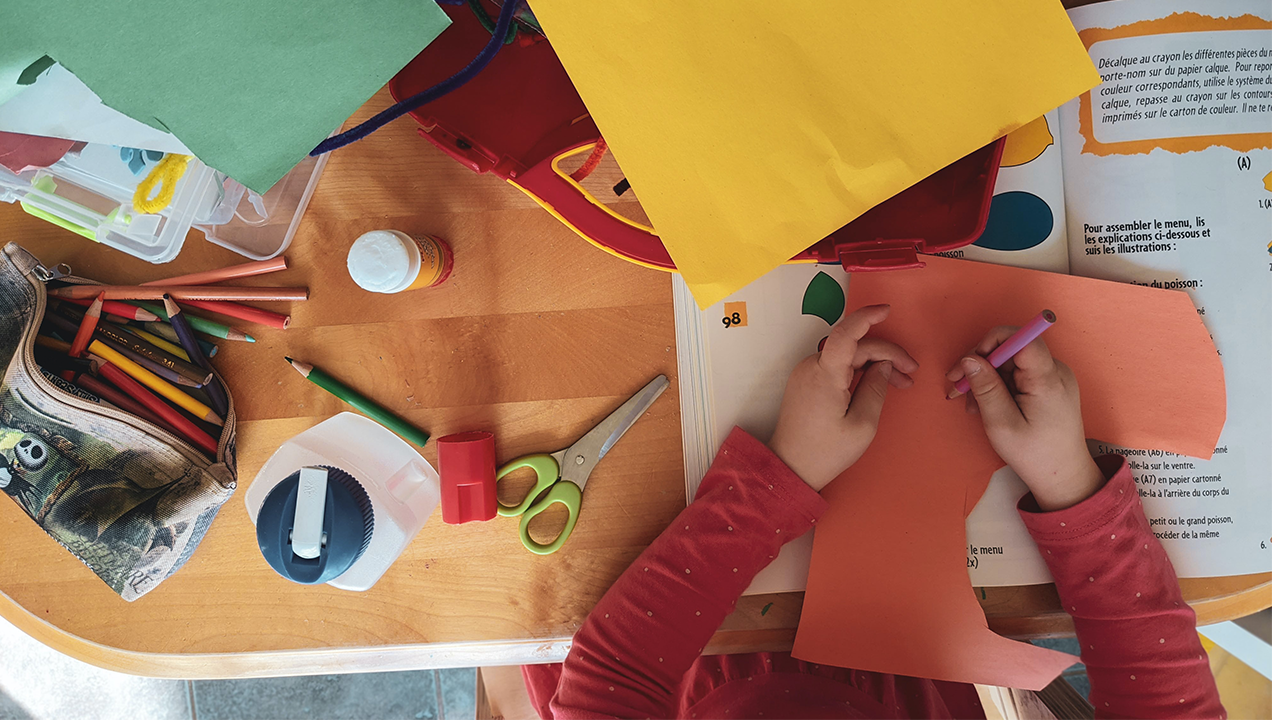Labs Lessons: Conducting Research with Children
When we first published ‘Tips for conducting research with children’ in 2018, we were witnessing a surge in access to tablets and smartphones among young audiences. Fast forward to 2021 and just over half of children in the US own a mobile phone by the age of 11, and due to Covid-19 many young people rely mainly on digital devices to learn, socialize and relax.
Given this, it’s increasingly important for brands to understand how to design digital experiences for younger audiences. We’ve given our previous article an update, and incorporated additional thoughts on remote research when child participants are involved.

Image credit: Robo Wunderkind
A note on privacy: Working with children is always fascinating, but it’s important to carefully consider logistics and country specific privacy guidelines when planning. Additional thought needs to go into consent forms for example, so please be aware of these when undertaking any kind of research with younger audiences.
Do your homework
- Know what to expect when working with children of different ages such as their expected levels of communication, development and understanding.
- Consider grouping children of the same ages together. Even 6 months can have a huge impact on a child’s development and some children may feel intimidated by older children that they don’t know.
- If you are testing a range of ages make sure you understand their reading and comprehension levels prior to the sessions. This can be done with the help of recruiters and a careful screening process.
- When working with young children it can help to have the parent or guardian play the role of researcher by asking them to read the questions to the child (the obvious downside being this leaves more room for error if a third party is involved).
- Consider using friendship pairs if applicable so that children can give each other confidence and bounce ideas off each other.
Even 6 months can have a huge impact on a child’s development and some children may feel intimidated by older children that they don’t know
Create a reassuring research environment
- First and foremost – make the child feel comfortable. Younger people can sometimes rely on validation so make them feel like they are the expert. If they are unsure of the answer use reassuring prompts, like “You are doing great!”, and use child friendly vocabulary.
- Attempt to match your vocabulary with the childs, but with older children resist the temptation to use language that you might think makes you sound young and cool!
- Consider enhancing remote or in-home research with physical materials. When we worked with a large tech brand who wanted to test a prototype with children in their own homes, one of our research team created visually captivating personalized instructions for each child. Sending these along with the prototype went down really well with the children and caught their attention from the word go.
- Don’t make the sessions too long – session length can increase with age but as a rule of thumb stick to 30 minutes or shorter for preschool ages. When running the session prioritize and mix tasks to try and keep the children engaged.
Be flexible when running research
- Be prepared to improvize! Part of the joy of working with children is that sessions may not always go as planned, so you should be prepared to adapt as you go. Consider even having more than one approach planned in case the unexpected happens.
- If possible consider conducting research in a familiar setting that will make the child feel more comfortable – for example at school or at home.
- Children are unlikely to have been in this situation before which can result in anxiety and excited behavior – so start with a simple task to help them focus and to get their attention.
- Pay attention to body language as young children may struggle to verbalize their feelings. Any observers should be focused on reading body language and facial expressions rather than the language used, and consider multiple observers if you’re running group sessions.
- It’s highly like that your child participant may lose focus at points. If this happens bring them back naturally before engaging in another task so it feels less like discipline and more like a fun activity.

Image credit: Sigmund TJ
Create a welcoming research environment
Our wonderful studio team in London shared some great insight into room set up for younger participants:
- Avoid wearing suits and formal clothing – dressing casually may help to put the child at ease.
- Make the reception or waiting room child friendly with magazines or children’s television playing to occupy then while they wait.
- Make the studios child friendly. Provide bean bags rather than adult-sized seats and tables and use them yourself if possible. Remove any unnecessary distractions and do not put the test equipment on show until it is necessary.
- Take a few moments at the start of a session to show them around and make them familiar with the area that they will be in. Maybe even show them the observation room and the two-way mirror works (kids think that it is the coolest thing ever!).
- Provide snacks and child friendly drinks for designated break times.
- Don’t assume that children can use mice and desktops! Most children are now more used to tablets and mobile phones than desktops and keyboards and some households will regulate screen time more than others.
Avoid wearing suits and formal clothing – dressing casually may help to put the child at ease.
Things to consider when wrapping up
- Any monetary incentive should go to the parent or guardian but we think it’s also nice to give each child their own ‘incentive’ envelope to open to make them feel like they have received a reward by taking part. Stickers and certificates can also be useful for this, or a token related to the research itself.
- Don’t forget that many young people now have social media accounts and for many a status update can be a way of sharing an exciting event. Reminding parents and children about confidentiality at the start of research can help, and a social media check following the research can identify any tweets or Facebook status that may need to be removed.
We think it’s also nice to give each child their own ‘incentive’ envelope to open to make them feel like they have received a reward by taking part.
Bonus: Extra tips for remote research with children
Even prior to Covid our researchers conducted research with children online. Much of the same guidance can be applied with some additional considerations:
- As with in person research, dress casually to help put the children at ease.
- Consider remote icebreakers such as asking a child to share a favorite toy, or book to help them open up before starting the research.
- To capture the child’s facial expressions and body language, ask the parent or guardian to follow the child with the recording device to capture their movements and expressions.
- Allow extra time to speak with the parent or guardian prior to the session to ensure the correct tech set up. Make sure they have devices charged and cables handy if needed and can access the video conferencing platform being used.
- If you’re unable to meet in person it’s a nice gesture to enclose personalized thank you notes or gift vouchers along with the instructions for parents, and ask them to give them to the child after the research.
- If research does manage to take place in a COVID safe environment remember that children find it harder than adults to communicate when masks are involved. Plastic screens are preferable to allow for easier communication but make sure this is specified to the parents during the recruitment phase.
We hope you enjoyed reading our tips for conducting research with children and young adults, look out for the next in the Labs Lessons series. Thanks go to Nicole, Kimia and Azia, and all the research, design and studio team for their contributions.
If you are thinking about conducting your own research with children and would like to know more then please get in touch with azia@sutherlandlabs.com for more information.
